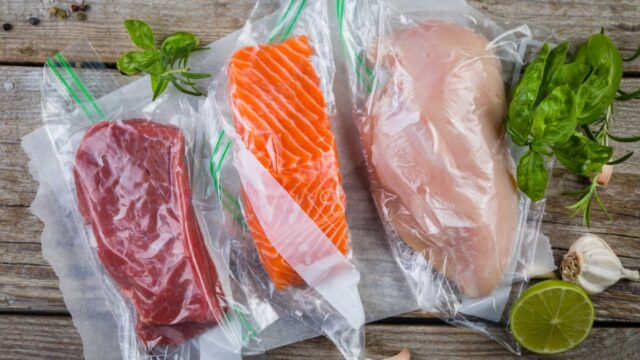
Have you ever realized how much of a challenge it can be to prepare vacation food and snacks? The longer the trip, the more complicated the preparation can be. Some travelers would probably disagree because they find the preparation process completely unnecessary. For them, it’s really simple – food can be bought at almost any corner. For others, however, taking homemade food on a trip is even more challenging because it requires proper packaging and storage.
Homemade food is much healthier, this is a fact. Cooking at home is also fun. This way you can prepare something for each family member, and they will be happy to have their favorite bites while traveling across the country. These little rituals connect the family and there is no reason not to take them on the road. Importantly, preparing food beforehand will also leave more money in your wallet so you can spend it on other exciting things while vacationing.
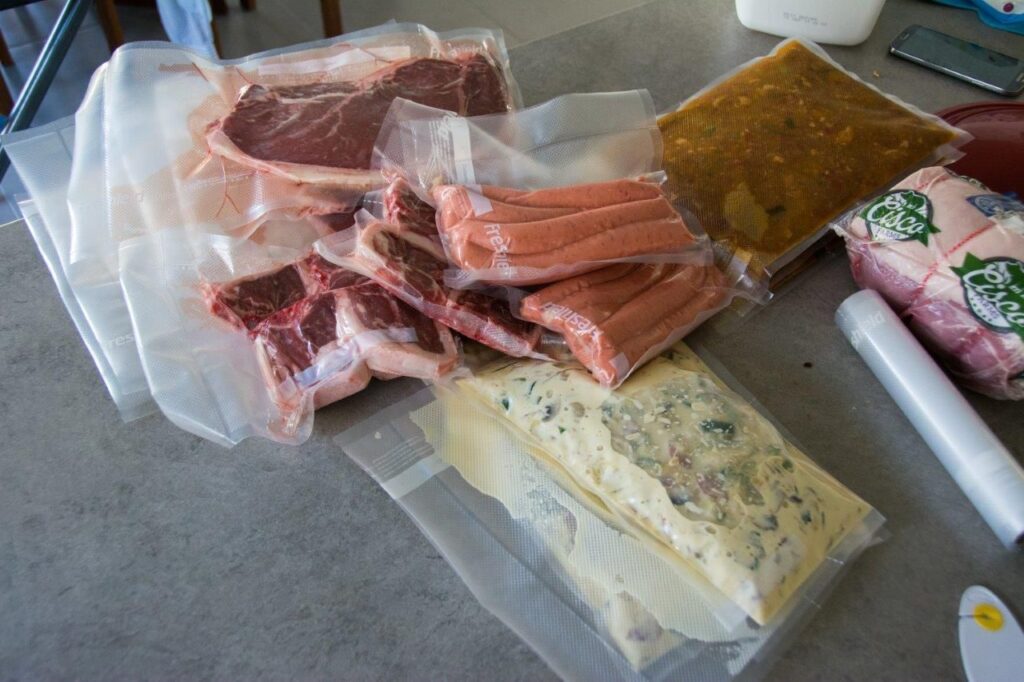
Now that we have determined the important reasons why it is always a great idea to prepare vacation food by yourself, let’s deal with its packaging and sorting. You certainly want your meals to remain as fresh and tasty for a longer period of time. Just as there are various ways to store food at home, there are various ways to pack it for travel. From plastic, reusable, and food boxes, through cellophane and aluminum foils, all the way to vacuum sealers. Since the latter method has proved itself as the most convenient, we will discuss it in more detail shortly. That is, we will discuss how a vacuum sealer actually works and what you need to know in order to use it efficiently.
So, what do you need? Naturally, you will need the vacuum sealer and the vacuum sealer bags. Vacuum sealing process, as the name suggests, seals the contents of a plastic bag through vacuum. After you place food in a sealable bag, a vacuum sealer will remove air and leave the item intact for long-term storage. If you’re sealing an item that has juice that you don’t want to lose, it’s important to freeze the food for a few hours, then seal it for the long haul.
It should be mentioned that the air is one of the main enemies of food contributing greatly to its decomposing, so the purchase of such a device is recommended and practically necessary for every household that cares about the quality of food. Some foods that you will not prepare immediately, such as meat, are even impossible to store differently before cooking. Fruits and vegetables stored this way remain fresh for 3 to 5 times longer than usual. For various models of high-end vacuum sealer machines visit sousvidechef.com.au.
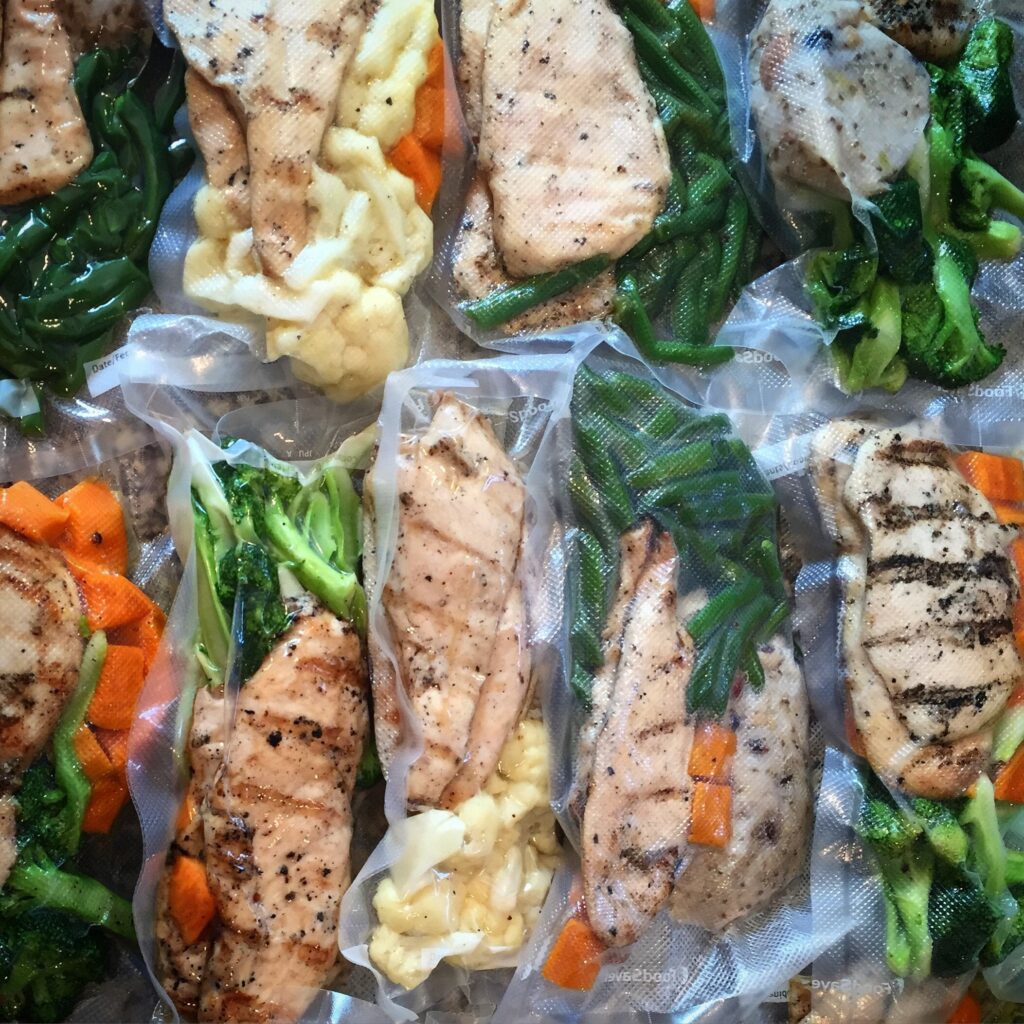
In order to function, the vacuum sealer requires the vacuum sealer bags. There are several types of these bags. The best bags are made from materials that are BPA free and FDA approved for food storage. In addition, thicker bags will better protect the content. There are several types of vacuum sealer bags.
1. Vacuum Sealer Bags
These are the pre-cut vacuum sealing bags and can be used with either suction or chamber machines.
2. Zipper Bags
These bags are opened on the bottom and have a re-sealable zipper closure on the top. In our opinion, these bags are ideal for beef jerky packaging.
3. Retherm Pouches
Compared to the traditional vacuum bags, retherm bags are designed to endure long boiling times. Importantly, they are compatible with chamber vacuum sealers.
4. Vacuum Sealer Rolls
With smooth textures outside and on the inside, these bags can be used on both suction and chamber machines. The advantage of the roll is that allows for creation of whatever size bag you need.
5. Vacuum Sealer Pouches
These pouches are only intended for use with chamber machines. The bags are cost effective making them ideal for commercial use.
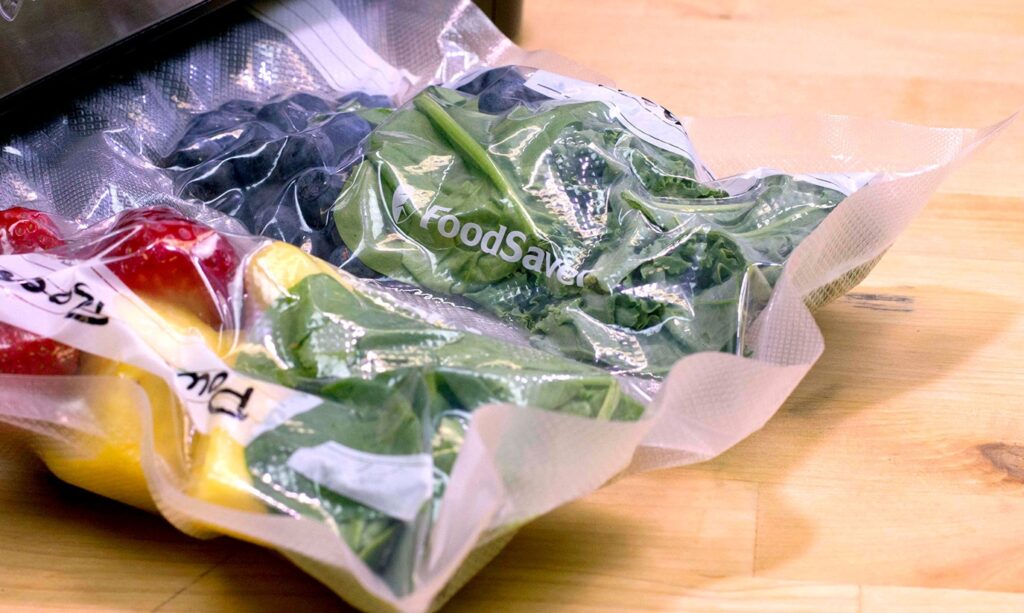
It should be noted that not all food is suitable for vacuuming. For example, mushrooms, garlic, and soft cheeses. Freshly cooked or steamed vegetables are safe to seal after they are at a room temperature. However, some vegetables emit a gas when stored. Please not that if these vegetables are kept in a vacuum sealed bag, the gas will cause them to spoil. To store these types of vegetables accordingly, they should be blanched and dried before sealing and freezing for storage.
So far, you have probably wondered what the price of a vacuum sealer is. Well, the prices can vary a lot. In fact, they range from 200 to a few thousands of dollars, depending on the size, set of options, and speed of work, but also on the application purpose – domestic or professional. If you already know to what extent you will be using a vacuum sealer machine, the chances are good that you will not end up buying a model that might exceed your family needs. If you need to vacuum seal food more often, we suggest you to buy a stronger and larger device. Smaller sealers can do the job but are usually not as good as larger models that are firmer, stronger and more wear resistant.
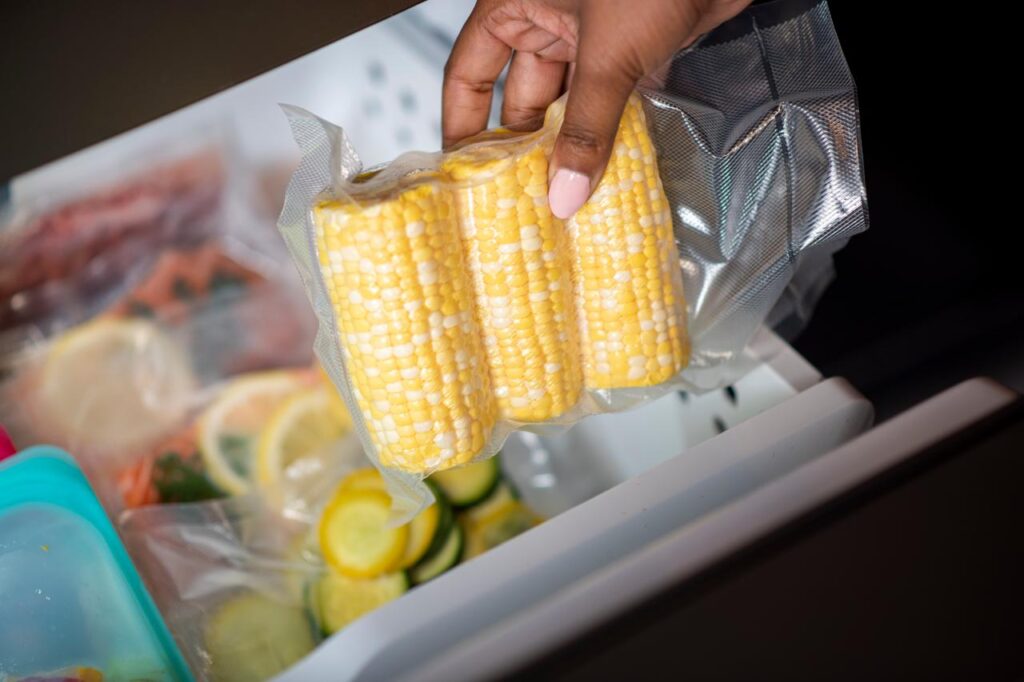
Another buying tip, if you are buying at a local store, ask the seller which brands are the most reliable. If you shop online, we encourage you to search about the popular brands and models and their advantages and disadvantages. Finally, before buying, check the dimensions of the space in your kitchen that you intend for this device and, of course, the dimensions of the device itself, so that you avoid unpleasant surprises if your new device does not fit nicely into the dedicated space.
Vacuum sealers are increasingly popular because they help preserve food for a longer period of time. In addition, vacuumed foodstuff save quite a lot of room in a fridge or a freezer. Lastly, you family members will be happy to taste some of their favorite meals freshly packed in vacuum sealer bags while setting on new adventures.













